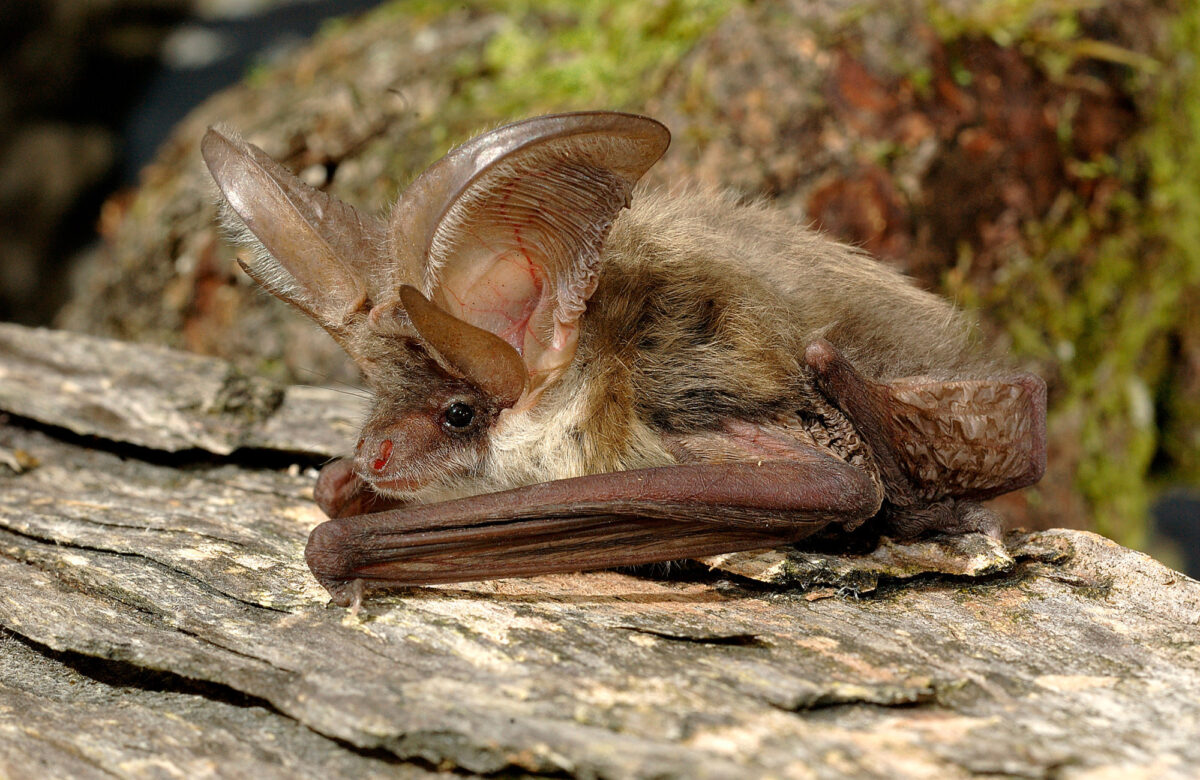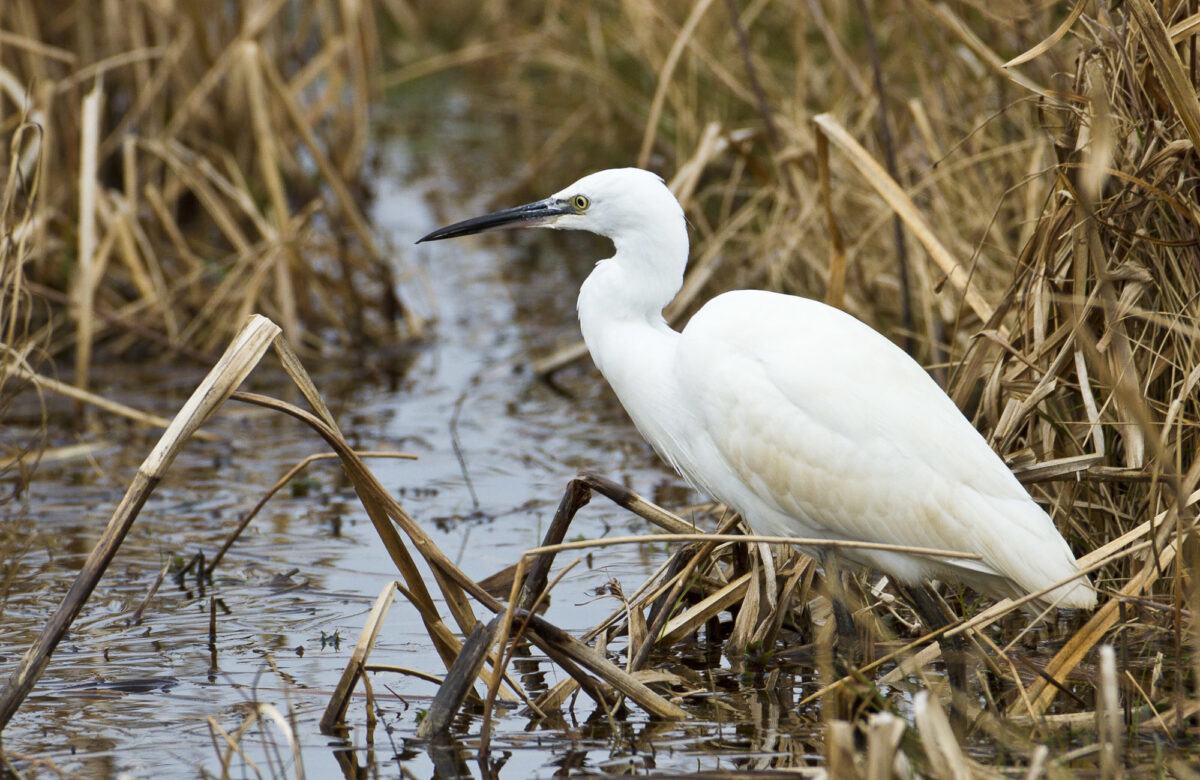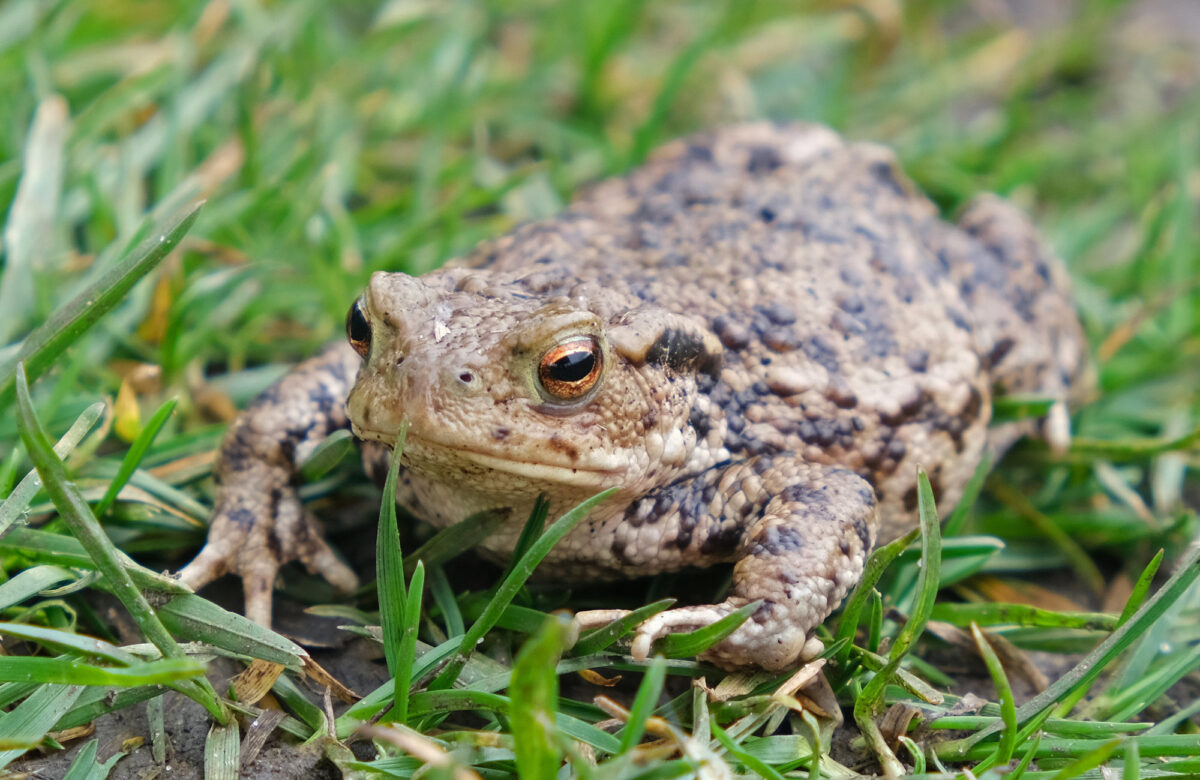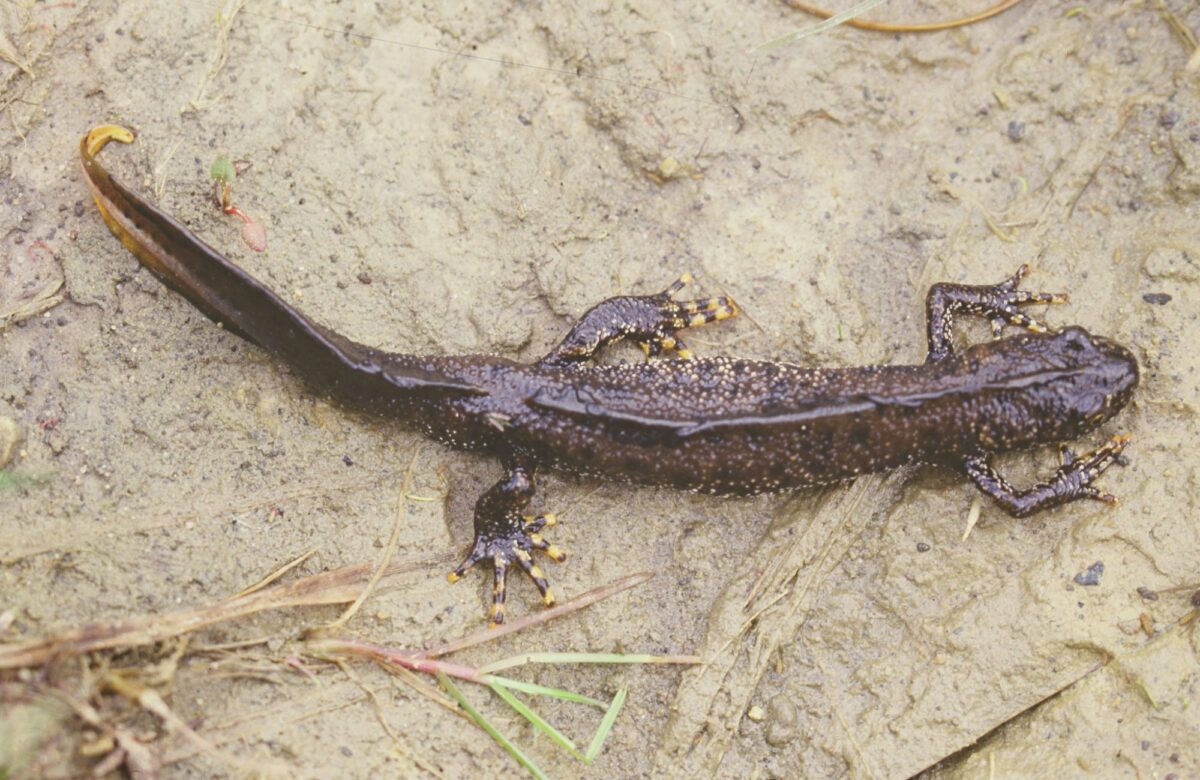Something exciting is happening: Landscape restoration at Weald Country Park
Restoring the landscapes of our past for the future.
Landscape Restoration Works at Weald 2025
In September and October 2024 we begun our wonderful woodland management works at Weald funded by the government's Countryside Stewardship scheme to help restore the landscape, boost biodiversity and nature recovery for the future.
During November livestock fencing has been installed in some areas as part of our grassland restoration programme.
Woodland management works are continuing in Shepherds Spinney in the north east of the park. Track works to improve our paths in the woodland area will also begin in January 2025.
All major work for this season is due to be complete by the end of March 2025.
View our flyer for FAQs on the recent fencing for grassland restoration.
View our flyer for FAQs on the woodland works including where they are taking place.
View our flyer for FAQs and map on the track works.
Weald Country Park
Weald Country Park is over 520 acres of beautiful parkland, woodland, lakes, hay and wildflower meadows – as well as being home to the fallow deer park and Stick Man sculpture trail!
The park is an exciting blend of landscapes which have evolved over time – dating back over 700 years to when the site was first a medieval deer park.
The park was later home to a great Tudor mansion and Weald Hall, which saw elaborate landscaping plans developed by the French architect Bourguignon in the 1700s.
Weald is now a Historic England grade II listed park and garden.
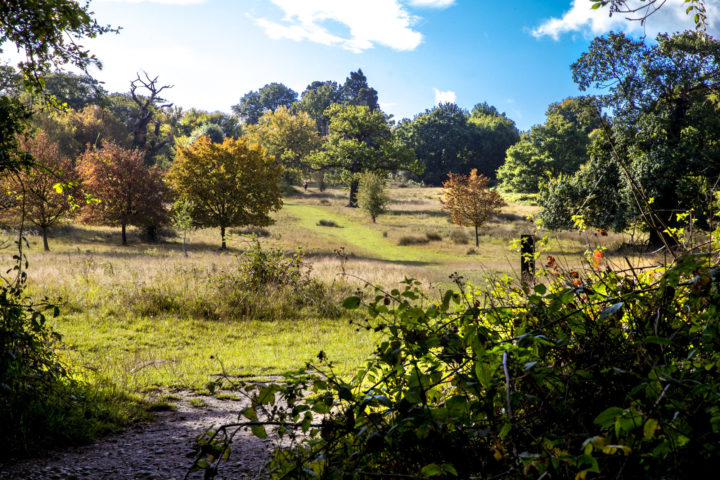
What we are doing at Weald and why
Wood pasture, good grassland and well managed woodlands are becoming increasingly rare in Great Britain.
This valuable mix of habitat is hugely important for a variety of common, rare and declining wildlife.
At Weald that flora and fauna includes the heath dog violet , spotted orchid and native bluebells. Ten types of bat, butterflies, owls, the great crested newt, common toad, kingfishers and egrets.
We're therefore excited to be undertaking an ambitious landscape restoration and management programme of our woodlands, wood pasture and grasslands, as well as some wetland works, to support a nationwide effort to protect and enhance the environment for the future.
This work is agreed by Natural England (the government’s statutory body responsible for natural green infrastructure) and made possible by a government funded scheme known as Countryside Stewardship as well as funding by Essex Highways and Lower Thames Crossing.
A series of habitat audits and focussed surveys, including working with local animal monitoring groups such as the Essex Bat Group will be ongoing to check the impact and ensure that the restoration and management is successful.
Positive Impact for Climate Change
"Restoring nature is our primary defence against climate breakdown.
Natural ecosystems suck up 60% of our carbon emissions, and nature-based solutions, like planting trees, nurturing soils, and restoring ecosystems, can provide over a third of the climate solutions needed until 2030 with huge benefits for biodiversity."
Read more on CPRE The Countryside Charity.
"Woodland scale nature recovery isn’t just about planting trees. It’s about caring properly for the woods we already have: balancing groves of denser trees with more open areas; encouraging natural regeneration; creating glades for flower-rich grasslands and ponds; leaving deadwood to be used by wildlife. It’s about boosting the health of the very soil the trees grow from."
Read more on The Woodland Trust.

Wonderful woodlands
Much of the area of Weald to the north east, known as ‘The Forest’, is made up of small areas of modern-day conifer plantations which stand on the site of much earlier plantations dating back to the 1800s.
This area is also home to many older mature broad leaf trees including ancient oaks and hornbeams that have watched over the landscape for over 500 years.
As fast-growing conifers, silver birch and scrub grow up, areas of woodland can become overcrowded, and it’s important that the woodland is well managed for its future health and that of its wildlife.
Our aim is to create more glades and open areas in the woodlands. Tracks will be created and some invasive and plantation trees will be removed as part of the works to create a healthy woodland for the future.
Creating space between the trees means more sunlight and warmth can reach the woodland floor.
This over time will allow certain plants such as native bluebells and foxgloves to thrive, which in turn attracts insects, birds and mammals and will boost biodiversity.
Cut trees are left to provide food, shelter, and a habitat for many species of plants, animals, and fungi.
Thinning also helps the surrounding trees to flourish, as they have space to grow to their natural shape creating healthy trees for the future.
Read the government's Why Managing Your Woodland Matters.
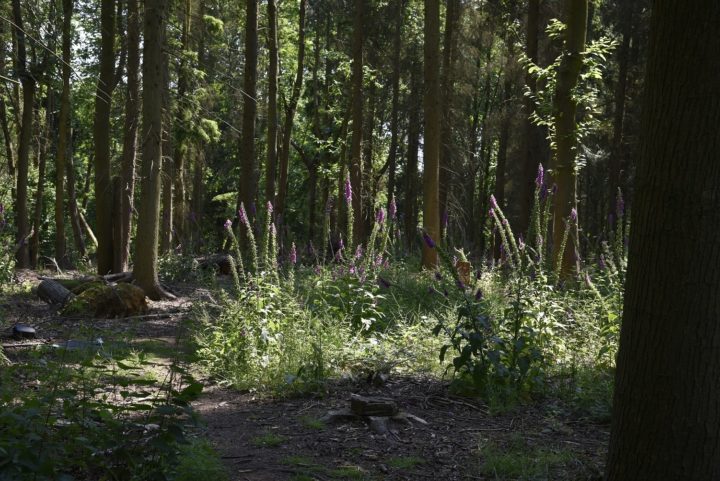
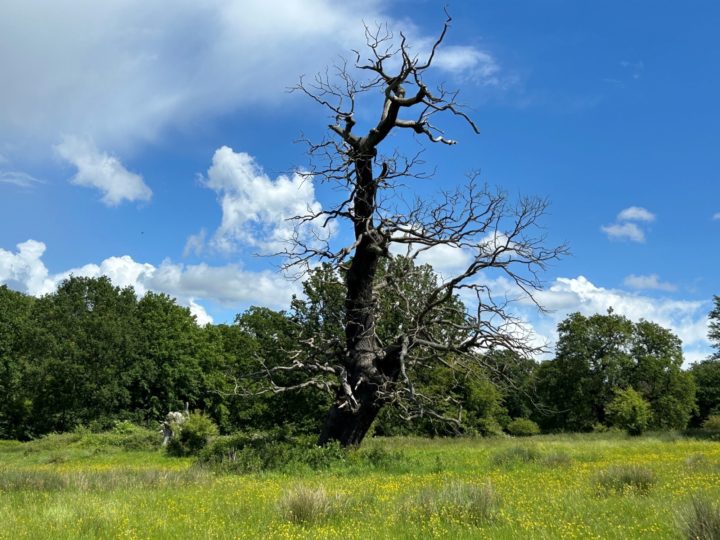
Our veteran trees
Weald is home to nearly 200 veteran trees and is a top twenty site for saproxylic beetles in England.
A veteran tree tends to have a large trunk often adorned with fungi, large holes and gnarled and twisted branches forming fantastic shapes.
As well as contributing to the beauty of the landscape they are important historically and culturally and hugely beneficial for the biodiversity of our woodlands.
Rare fungi and invertebrates, including endangered beetles, lichens, birds and bats and other species call them home.
Conserving our veteran trees and identifying new ones for the future is important, as their many nooks and crevices provide many habitat niches that do not exist on younger trees.
Some careful surgery and reduction of branches may take place to help prolong the life of the tree. Dead wood is left close to the tree to allow resident insects to re-colonise and reduce shading by taking out younger trees from the immediate surroundings.
Read more about veteran trees at Forestry England.
Discover why they are important at Woodland Trust.
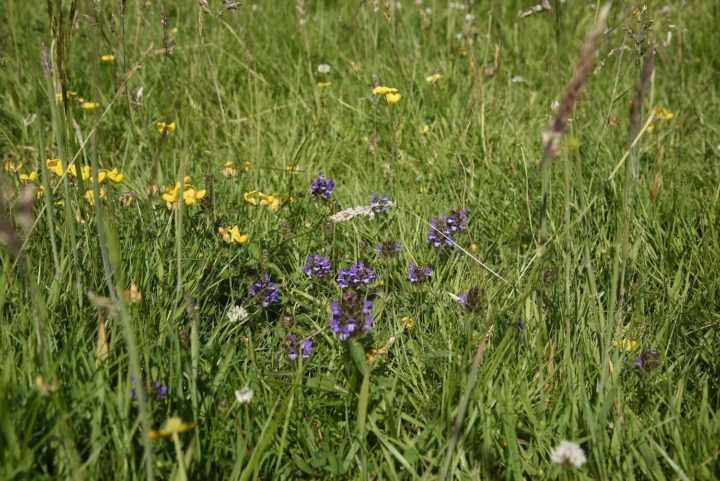

Good grassland
At Weald we are also planning to increase our areas of good grassland and wetlands to benefit plants, insects and amphibians.
We will increase the areas of the grassland and wood pasture, in particular at Lodge Field and The Roughs in the north of the park, being grazed by our native Red Poll cattle, known for their gentle nature, and new fencing will be installed to enable this.
The cows eat just enough grass for wildflowers to flourish which in turn increases the variety of insects and pollinators.
The work already undertaken is starting to pay off. Visit Weald in the summer to see large numbers of butterflies, dragonflies and damselflies for yourself.
Good Grassland for Carbon Capture
"UK grasslands store two billion tonnes of carbon in their soils, but this is vulnerable to disturbance. Between 1990-2006, conversion from grassland to arable production (such as ploughing to grow crops) released 14 million tonnes of CO2. Species-rich grasslands are huge carbon stores and when managed carefully they lock in carbon and boost biodiversity.
Grasslands have a huge potential for locking up carbon, not only due to the plants we can see on the surface, but also due to the relationships between the plants, fungi, bacteria and many other species which help enrich the soil with carbon."
Read more on The Wildlife Trusts about the importance of good grassland in the UK and their importance for Carbon Capture.
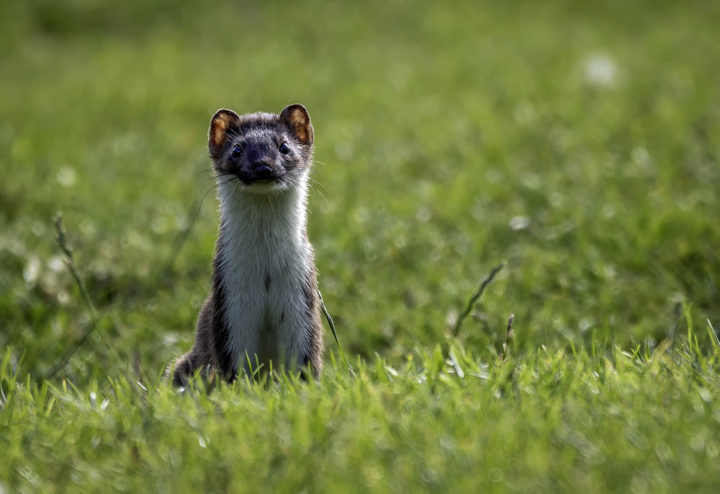
Other Essex Country Parks Landscape Restoration Projects
The programmes taking place at Weald is just one part of an ambitious scheme to restore these valuable landscapes and habitats across the Essex Country Parks to aid nature recovery across the county.
Learn more about theother exciting projectsat the Essex Country Parks funded by the government's Countryside Stewardship scheme and Essex Highways.
Please rest assured that this ambitious landscape restoration and nature recovery work do not impact on the nature of the park, to provide a beautiful green space, play areas and accessible footpaths for our visitors.
For any questions about the Essex Country Parks Countryside Stewardship scheme please email EEcomms@essex.gov.uk.
How can I get involved?
To get involved and volunteer at Weald Country Park call and leave a message: 01277 261343.
Essex Forest Initiative (EFI) tree planting schemes have taken place at Weald Country Park in the last few years. To volunteer to plant trees with EFI contact them.
*Weald Country Park works closely with Essex County Council’s (ECC) Place Services ecologists and Natural England Site of Special Scientific Interest (SSSI) advisors. As well as local animal monitoring groups.
